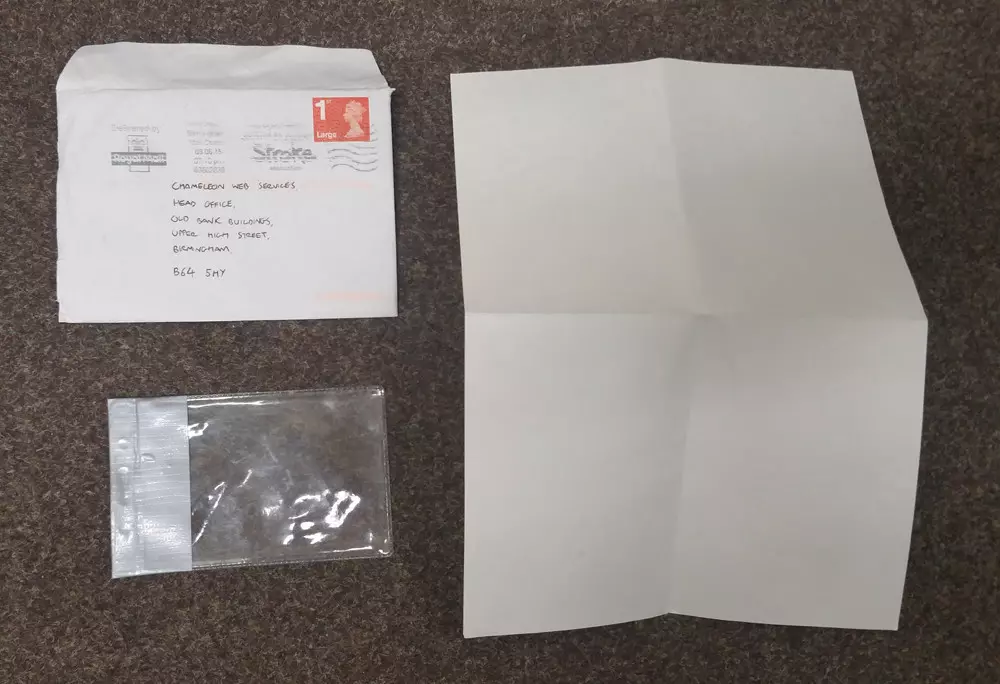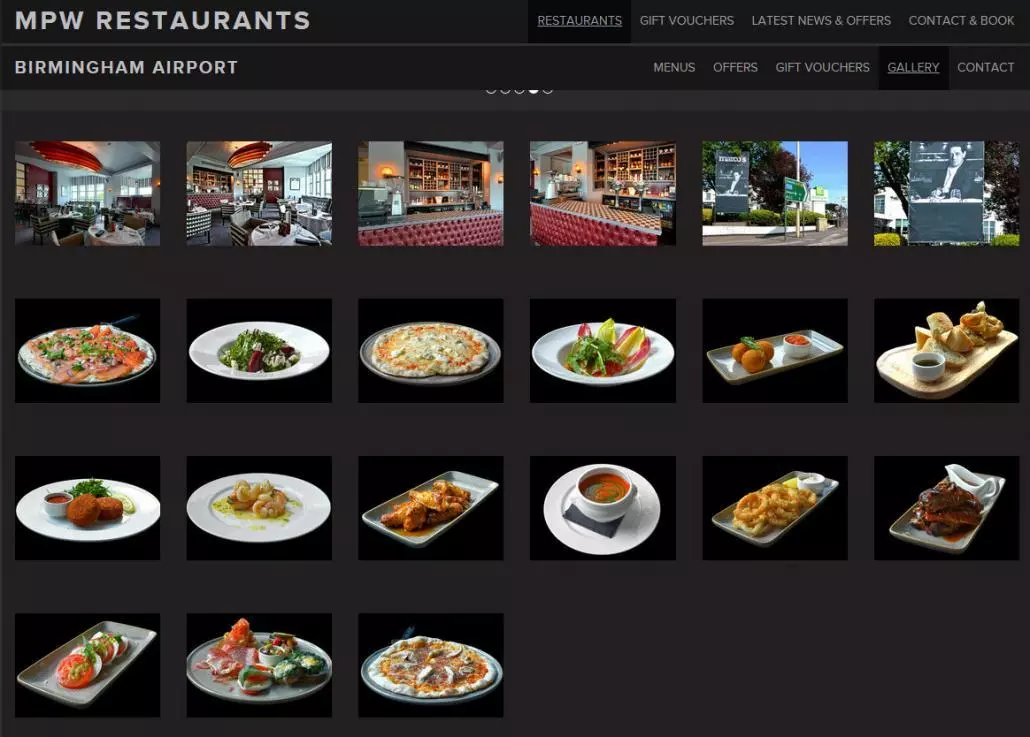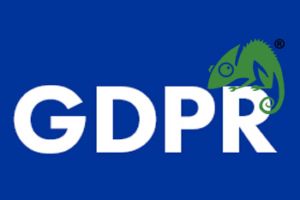Microsoft Corporation, Google & Firefox WebAssembly
Things are changing in the web world with Microsoft Corporation, Google and Firefox teaming up together to help build a faster web.
Microsoft, Google and Mozilla are working together looking at website applications and website pages to help speed them up by creating new standards.
This venture could help shape the way the Internet functions and improvements from this will result in users experiences being better all round.
This move could also be a step forward in creating better online games and applications being able to function like a local desktop in a browser.
The big difference is going to be using what is called WebAssembly. This is used to compile source code of Web applications and the new standards will help process this data within the browser more quickly.
How Does WebAssembly Work?
The concept of WebAssembly is actually relatively simple with developers writing the program logic for the Website components using coding language like C or C++ which is no different to what we do already. Then the code is compiled it into a binary object that can be executed by the JavaScript engine within the browser.
The reason for this is that WebAssembly objects are small which will help with the delivery of data to a browser. To put his in perspective a current web game could be as large as 25MB in plain JavaScript code which means the user has to download this data and this creates the bottle neck. The new binary form could be a little as 6MB to 8MB for same web game.
Not only is the game data now delivered quicker the other advantage is the rendering time. The browsers JavaScript engine can execute the new binary form much quicker than plain JavaScript code.
Why Microsoft Corporation, Google and Firefox are looking at this!
Web applications are growing more sophisticated with companies like Google and Microsoft being at the forefront of the technical advances. Both Google and Microsoft use JavaScript heavily and as new developments are released they are becoming more complex increasing the workload of a browser.
The WebAssembly development project is being worked on as group with the World Wide Web Consortium (W3C) who dictate the current standards for the Web.
This project is being worked on by Google, Microsoft and Mozilla behind the scenes of public view with the goal to reach a consensus which will outline future of browser coding technology.



















